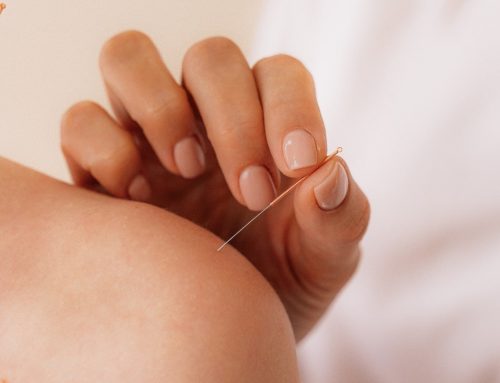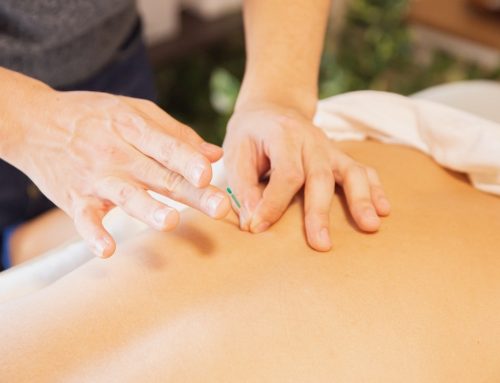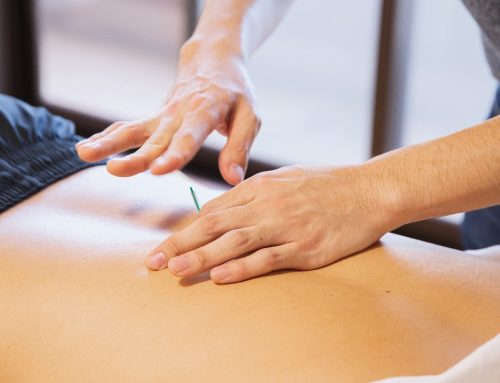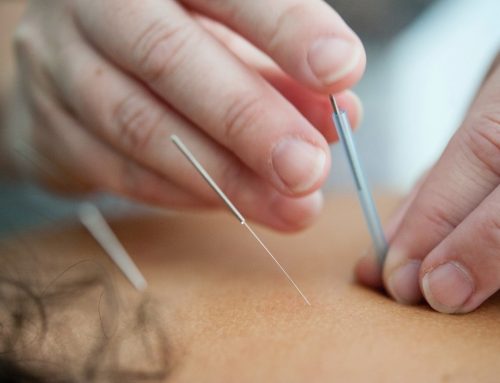Carpal tunnel syndrome is a very common condition, with more than 3 million cases per year. With such a high prevalence, it’s no secret that many sufferers are seeking relief from the painful condition. Fortunately, many patients have found dry needling to be an effective treatment. We’ll discuss more information about dry needling for carpal tunnel syndrome, and outline what you should know if you are considering dry needling for treatment.
What is Carpal Tunnel Syndrome?
Carpal tunnel syndrome is a condition of the hands and fingers that is caused by a compression of the median nerve in the narrow passageway along the palm side of the wrist. This narrow passageway is called the carpal tunnel, from which carpal tunnel syndrome derives its name. Carpal tunnel syndrome causes numbness, tingling, and pain along the hand and arm. Symptoms usually develop gradually, starting with numbness or tingling in the thumb, index fingers, and middle fingers that comes and goes. Sufferers may also experience discomfort in the wrist and the palm of the hand. Common symptoms include:
- Tingling and Numbness: There is usually tingling and numbness that can affect every finger except the small pinky finger. Some report the tingling to feel similar to an electric shock. Sufferers typically experience these symptoms when holding common everyday objects such as magazines, a steering wheel, or even a cup of coffee.
- Weakness: With carpal tunnel syndrome, there may be a tendency to drop things due to weakness in the thumb muscles or the feelings of numbness (controlled by the median nerve).
How Does Dry Needling Work?
Dry needling works by addressing knots in the muscle, called myofascial trigger points. These knots are made up of a group of muscle fibers that have shortened after being activated, but are not able to lengthen back to a relaxed state after their use. As a result, painful, sensitive nodules in the muscle form, and muscle fibers become tight enough to compress the surrounding capillaries and nerves. Current pathology research suggests that an extra leakage of acetylcholine at the neuromuscular junction is what induces these contracture knots. Unable to obtain a fresh blood supply, these muscles are then unable to receive the oxygen and nutrients they need and become unable to flush out toxins. As a result, patients suffering from these myofascial trigger points experience pain and discomfort, with muscles that sore to the touch. Some patients also experience an impediment to their normal range of motion.
Dry Needling for Carpal Tunnel Syndrome
Dry needling is typically associated with directly treating conditions that are directly caused by knots in more taut muscle fiber bands. Even though carpal tunnel syndrome is indirectly caused by muscle tension, dry needling for carpal tunnel syndrome is still an effective treatment. This is because while many believe that carpal tunnel syndrome is only a result of the compression of the median nerve, surrounding muscles also play a role. By strengthening surrounding muscles through dry needling, support can be added to the carpal tunnel. Specifically, dry needling for carpal tunnel syndrome involves addressing the flexor muscles that compress nerves in the forearm and create instability in the tunnel.
Dry Needle Pain Relief of Jacksonville
If you are suffering from carpal tunnel syndrome, dry needling is a potential solution to relieve painful symptoms. At Dry Needle Pain Relief, we specialize in helping patients across Jacksonville find relief through the power of dry needling. If the painful symptoms of carpal tunnel syndrome are interfering with your daily activities, dry needling may help you find relief. If you are interested in dry needling for carpal tunnel syndrome, contact us today!








Leave A Comment